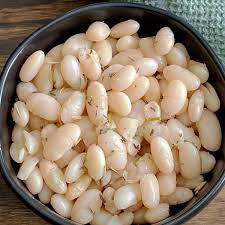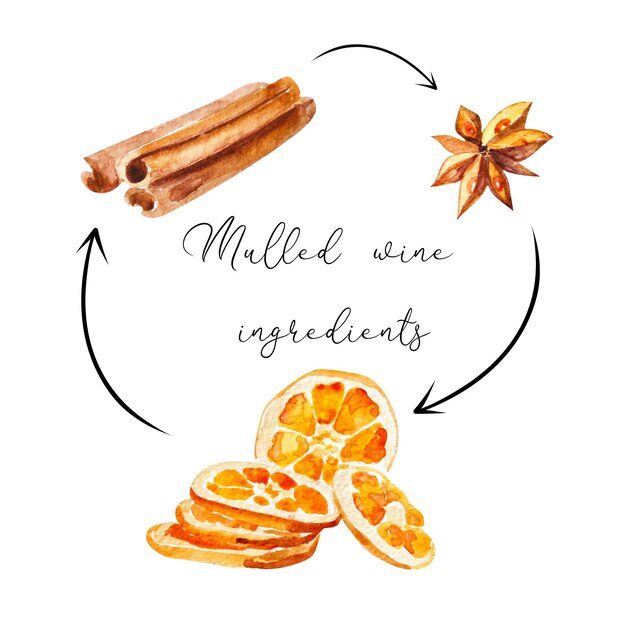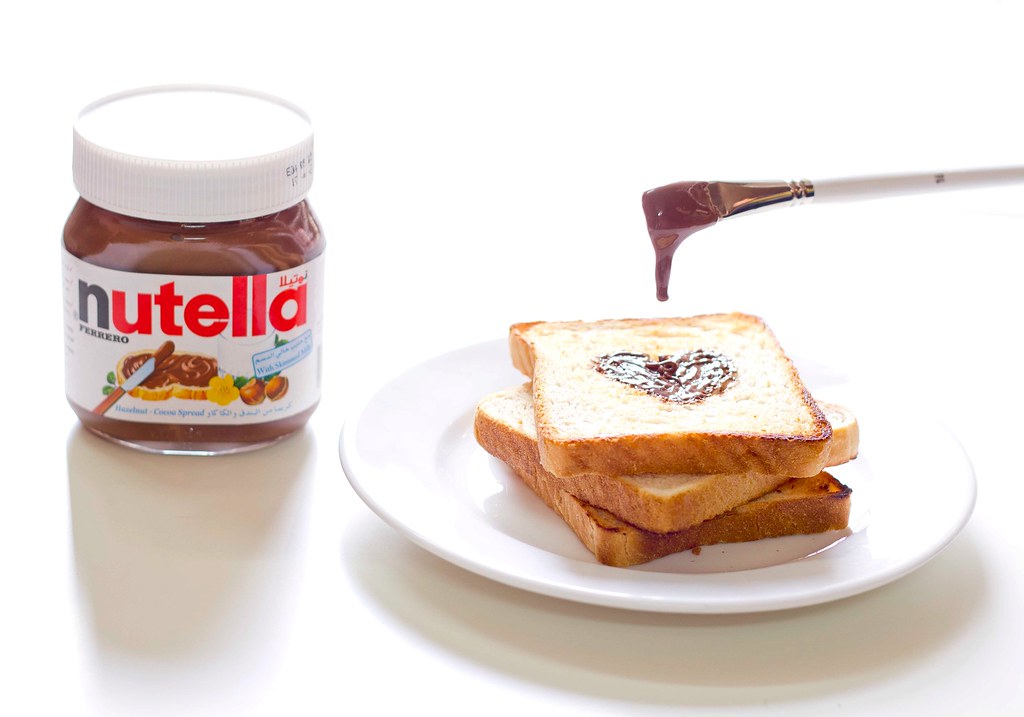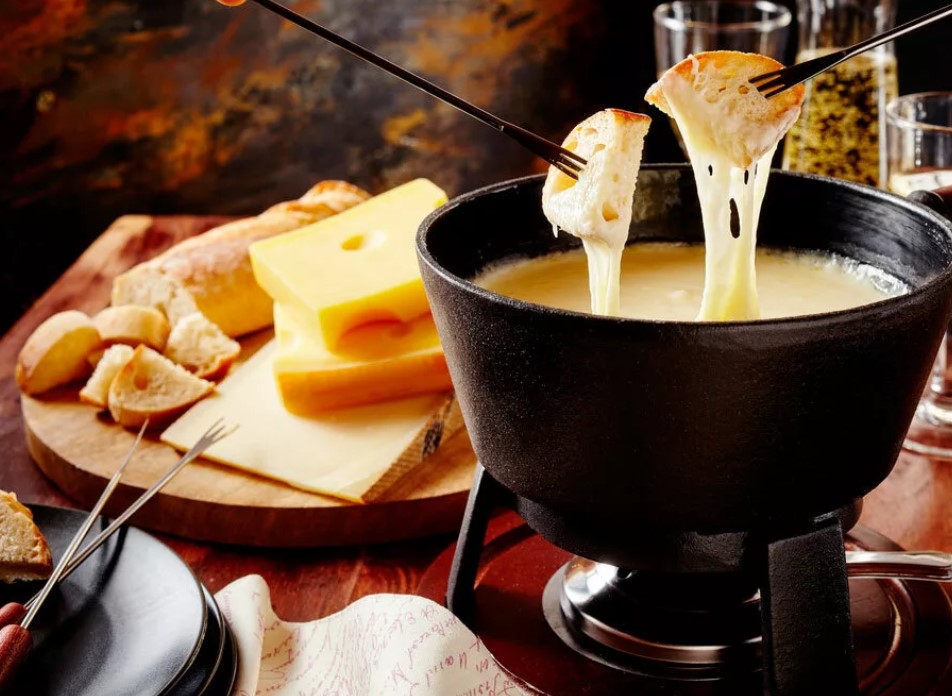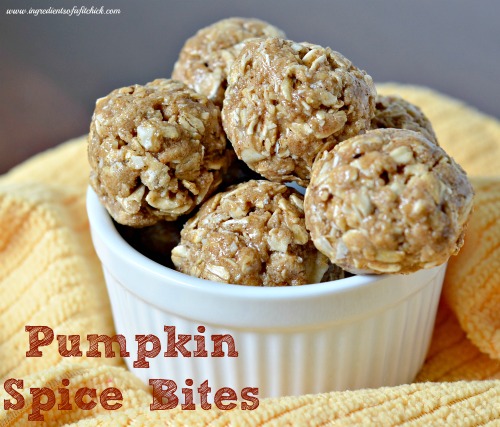Discovering the Secrets and Health Benefits of What are White Beans
White beans, also known as cannellini beans, are a variety of beans that are native to Central and South America. These beans are small and oval-shaped with a creamy white color. They have a mild flavor and a slightly nutty taste, making them a versatile ingredient in many dishes.
White beans are a popular choice in Mediterranean cuisine and are often used in soups, stews, salads, and dips. They are also commonly used in Italian dishes such as pasta e fagioli and minestrone.
These beans are highly nutritious and packed with essential nutrients, including fiber, protein, vitamins, and minerals. They are a good source of complex carbohydrates and can help provide a steady release of energy.
White beans are also known for their health benefits. They can help lower cholesterol levels, regulate blood sugar levels, and promote a healthy digestive system. They are also low in fat and can be a great addition to a weight loss diet.
Whether you are looking to add more variety to your meals or want to enjoy the numerous health benefits beans offer, white beans are a fantastic choice. Their versatility, mild flavor, and nutritional profile make them a staple ingredient in many cuisines around the world.
Benefits of white beans
White beans, also known as cannellini beans, are a nutritious legume that offers a range of health benefits. These beans are packed with essential nutrients, including fiber, protein, vitamins, and minerals. Incorporating white beans into your diet can promote overall health and help prevent various diseases.
1. Heart health
White beans are rich in fiber, which can help lower cholesterol levels and reduce the risk of heart disease. The soluble fiber found in white beans helps to remove cholesterol from the body, preventing it from building up in the arteries and reducing the risk of heart attacks and strokes.
2. Digestive health
White beans are an excellent source of dietary fiber, which plays a crucial role in maintaining a healthy digestive system. The fiber in white beans helps to regulate bowel movements, prevent constipation, and promote the growth of healthy gut bacteria. This can improve digestion and prevent digestive disorders, such as irritable bowel syndrome.
Furthermore, the high fiber content of white beans promotes feelings of fullness, aiding in weight management and preventing overeating.
| Nutrient | Amount per 1 cup (182g) of cooked white beans |
|---|---|
| Calories | 227 |
| Protein | 15g |
| Fiber | 11g |
| Vitamin C | 2.5mg |
| Iron | 4.3mg |
| Calcium | 128mg |
| Potassium | 403mg |
White beans are also a good source of vitamins and minerals, including vitamin C, iron, calcium, and potassium, which are essential for overall health and wellbeing.
Incorporating white beans into your diet is easy. You can enjoy them in soups, stews, salads, or even as a side dish. With their versatility and numerous health benefits, white beans are a nutritious addition to any diet.
High nutritional value
White beans are a highly nutritious food. They are packed with essential nutrients, including vitamins, minerals, and fiber. Adding white beans to your diet can benefit your overall health in several ways.
Protein
White beans are an excellent source of plant-based protein. They contain a significant amount of protein, making them a great choice for vegetarians and vegans. Protein is essential for building and repairing tissues, supporting the immune system, and producing enzymes and hormones.
Fiber
White beans are rich in dietary fiber. Fiber promotes healthy digestion and can help prevent constipation. It also provides a feeling of fullness, which can aid in weight management. Additionally, fiber helps regulate blood sugar levels and may lower the risk of heart disease and diabetes.
One cup of cooked white beans can provide over 10 grams of fiber, which is almost half the recommended daily intake for adults.
Vitamins and minerals
White beans are an excellent source of various vitamins and minerals. They are particularly rich in folate, thiamine, magnesium, iron, and potassium.
- Folate is important for DNA synthesis and cell division, making it essential for pregnant women to prevent birth defects.
- Thiamine, or vitamin B1, helps convert food into energy and supports nerve function.
- Magnesium is necessary for proper muscle and nerve function and contributes to bone health.
- Iron is essential for red blood cell production and preventing iron deficiency anemia.
- Potassium plays a crucial role in maintaining a healthy balance of fluids and electrolytes in the body.
Incorporating white beans into your diet can help you meet your daily requirements of these essential vitamins and minerals.
Overall, white beans are a nutrient-dense food that can provide numerous health benefits. They are versatile, easy to cook, and can be incorporated into a variety of dishes, including salads, soups, and stews.
Rich source of protein
White beans are an excellent source of protein, making them a great addition to a balanced diet. Protein is essential for the repair and growth of tissues in the body, as well as for the production of enzymes, hormones, and antibodies. Including white beans in your meals can help you meet your daily protein requirements, especially if you follow a vegetarian or vegan diet.
With about 15 grams of protein per cooked cup, white beans are a highly nutritious choice for individuals looking to boost their protein intake. They are also a rich source of essential amino acids, which are the building blocks of protein.
Benefits of protein from white beans:
1. Muscle growth and recovery: The protein in white beans helps support muscle growth and repair after exercise. It provides the necessary amino acids needed to rebuild and strengthen muscles.
2. Weight management: Protein from white beans can help with weight management by increasing satiety and reducing appetite. It takes longer to digest and can help you feel full for longer, preventing overeating and snacking between meals.
Adding white beans to your diet can be as easy as tossing them into salads, soups, stews, or even blending them into dips and spreads. They are versatile, budget-friendly, and can easily be incorporated into various recipes.
However, it’s important to note that while white beans are a great source of protein, they should not be your sole source. It’s important to maintain a balanced diet that includes a variety of protein sources, such as lean meats, fish, poultry, dairy products, and other plant-based protein-rich foods.
Consult with a healthcare professional or a registered dietitian before making any significant changes to your diet or if you have any specific dietary concerns.
Promotes digestive health
White beans are an excellent source of dietary fiber, which is essential for maintaining a healthy digestive system. Fiber helps to regulate bowel movements, prevent constipation, and promote overall digestive health.
These beans are also rich in resistant starch, a type of carbohydrate that is not digested in the small intestine and instead reaches the large intestine where it acts as a prebiotic. Prebiotics are substances that promote the growth of beneficial bacteria in the gut, which are crucial for maintaining a healthy balance of gut flora.
In addition to fiber and resistant starch, white beans are a good source of antioxidants, such as flavonoids and polyphenols. These compounds have anti-inflammatory effects and can help reduce the risk of digestive disorders like inflammatory bowel disease.
Furthermore, white beans are low in fat and cholesterol, making them a heart-healthy food option. Good heart health is closely linked to proper digestion, as a strong cardiovascular system ensures that nutrients are efficiently transported to various parts of the body, including the digestive organs.
Summary
White beans promote digestive health through their high fiber and resistant starch content, which aids in regular bowel movements and supports the growth of beneficial gut bacteria. They also provide antioxidants that reduce inflammation and contribute to a well-functioning digestive system.
Adding white beans to your diet is a simple and delicious way to improve your digestive health and support overall wellness.
Support weight loss
White beans can be a great addition to a weight loss diet. They are low in calories and fat, making them a filling and nutritious option for those looking to shed pounds.
One of the reasons white beans are beneficial for weight loss is due to their high fiber content. Fiber helps to keep you feeling fuller for longer, reducing the chances of overeating or snacking between meals. Additionally, the high fiber content can help regulate blood sugar levels, preventing sudden spikes and crashes that can lead to cravings.
In addition to fiber, white beans also provide a good source of protein. Protein is essential for building and repairing tissues, as well as maintaining muscle mass. Including protein in your diet can help boost metabolism and increase calorie burning.
| Nutrient | Amount per 1 cup (179g) |
|---|---|
| Calories | 242 |
| Protein | 17.4g |
| Fat | 0.9g |
| Carbohydrates | 46g |
| Fiber | 11.1g |
White beans are also a good source of vitamins and minerals, including iron, magnesium, and potassium. These nutrients are important for overall health and can support weight loss by helping to maintain energy levels and optimize bodily functions.
Incorporating white beans into your diet
There are many ways to incorporate white beans into your weight loss diet. They can be added to soups, stews, and salads for an extra boost of nutrition and flavor. Pureed white beans can also be used as a healthy substitute for cream or butter in certain recipes.
Keep in mind that while white beans can support weight loss, it is important to consume them as part of a balanced diet that includes a variety of other nutrient-rich foods. Consult with a healthcare professional or registered dietitian for personalized advice and guidance.
Good for heart health
White beans are an excellent source of dietary fiber, which can help lower cholesterol levels and reduce the risk of heart disease. The soluble fiber found in white beans can bind to cholesterol in the digestive system and prevent its absorption into the bloodstream.
Additionally, white beans contain potassium, a mineral that helps regulate blood pressure and reduce the risk of hypertension. Adequate potassium intake can also help counteract the adverse effects of sodium, which can contribute to high blood pressure.
White beans are also rich in folate, a B-vitamin that is essential for the production of red blood cells and DNA synthesis. Folate helps prevent the buildup of homocysteine, an amino acid that can damage blood vessels and increase the risk of heart disease.
Incorporating white beans into a heart-healthy diet can be as simple as adding them to soups, stews, salads, or incorporating them into main dishes. They provide a nutritious and flavorful addition to any meal, while also promoting heart health.
Versatile cooking ingredient
White beans are a versatile cooking ingredient that can be used in a variety of dishes. They are small, creamy-white beans that have a mild flavor and a smooth texture. White beans are also known for their nutritional value, as they are high in protein, fiber, and various vitamins and minerals.
White beans can be used in soups, stews, salads, and casseroles. They can be cooked and added to dishes as a main ingredient, or they can be mashed and used as a thickening agent or a base for sauces. White beans can also be mashed and seasoned to make dips and spreads.
| Benefits of white beans |
|---|
| High in protein |
| Rich in fiber |
| Contain various vitamins and minerals |
| Low in fat |
White beans can easily be incorporated into vegetarian and vegan dishes as a source of protein. They are also an excellent choice for those following a gluten-free diet.
When cooking with white beans, it is important to properly prepare and cook them. This typically involves soaking the beans overnight and then simmering them until tender. This will ensure that the beans are fully cooked and have a soft texture.
Overall, white beans are a versatile and nutritious ingredient that can add flavor, texture, and nutritional value to a wide range of dishes.
“FAQ:” What are white beans
What distinguishes navy beans from other white beans like great northern beans, and how does their flavor profile differ?
Navy beans are small, oval-shaped white beans with a mild, nutty flavor. While they share similarities with great northern beans, navy beans are slightly smaller and offer a distinct taste.
How does the texture of baby lima beans compare to other types of white beans, and in what dishes would they be particularly suitable?
Baby lima beans, a type of white bean, have a creamy texture that sets them apart. They work well in dishes like soups, stews, or casseroles where their smooth consistency can complement other ingredients.
When a recipe calls for white kidney beans, what characteristics do these beans bring to the dish, and what are some common recipes that feature them?
White kidney beans contribute a creamy texture and mild flavor to recipes. They are often used in dishes like salads, soups, or Mediterranean-inspired recipes where their versatility shines.
How do pea beans differ from other white beans in terms of size and texture, and in what types of bean recipes are they commonly used?
Pea beans are small and round, offering a delicate texture. They are commonly used in a variety of bean recipes, including casseroles, salads, or even as a side dish.
In what ways can dried beans, such as navy beans, be incorporated into dishes, and what steps should be taken when cooking with them?
Dried beans, like navy beans, can be soaked and then cooked to tender perfection. They are versatile ingredients suitable for soups, stews, or even as a main dish when seasoned and cooked properly.
When preparing dishes like soups or casseroles, how can the nutty flavor of certain white beans enhance the overall taste, and which beans are known for this distinct flavor?
The nutty flavor of beans like navy beans can add depth and richness to soups and casseroles, creating a more complex and satisfying taste in the final dish.
What are some key considerations when substituting navy beans for other white beans in a recipe, and how might this impact the overall result?
Substituting navy beans for other white beans requires attention to size and texture. While the impact might be minimal, it’s essential to consider the specific characteristics of each bean for the best culinary outcome.
How do lima beans, especially baby lima beans, contribute to the texture and flavor of dishes like stews or vegetable medleys?
Lima beans, particularly baby lima beans, bring a creamy texture and a subtle, buttery flavor to dishes like stews or vegetable medleys, enhancing the overall richness.
In what type of bean recipes would white kidney beans be a suitable substitute, and how might their texture and flavor complement different cuisines?
White kidney beans make a suitable substitute in bean salads, Mediterranean dishes, or even Italian recipes. Their creamy texture and mild flavor can seamlessly integrate into various cuisines.
What role do pea beans play in bean recipes, and how does their size and texture make them versatile for both main dishes and side dishes?
Pea beans, with their small and round shape, serve as versatile ingredients in both main dishes and side dishes. Their delicate texture allows them to blend well with other ingredients, making them suitable for a variety of recipes.
What distinguishes butter beans from other white beans, and how do they contribute to the texture and flavor of dishes, especially when used interchangeably?
Butter beans, also known as “large lima beans,” are among the largest white beans. When used interchangeably in recipes, they add a creamy texture and a mild, buttery flavor, enhancing the overall dish.
How do baked beans, particularly Boston baked beans, differ from other types of white beans in terms of size, and what is their traditional use in recipes?
Boston baked beans, a type of white bean, are often smaller than other varieties like cannellini beans. Traditionally used in baked bean dishes, they have a hearty texture and absorb flavors well during the baking process.
What are the characteristics of cannellini beans, and how do they compare in size to other white beans like navy beans and great northern beans?
Cannellini beans are the largest among white beans, making them versatile in various recipes. They are larger than navy beans and great northern beans, providing a substantial and creamy texture when cooked.
When considering different types of white beans, such as pinto beans, how do their sizes and flavors vary, and in what dishes are they commonly used?
Pinto beans, while not traditionally considered a white bean, have a distinct flavor and smaller size compared to other white beans. They are commonly used in dishes like chili, stews, or Mexican cuisine.
How do dried white beans, like navy beans, differ from canned white beans, and what steps should be taken when cooking them to achieve the desired texture?
Dried white beans, such as navy beans, require soaking before cooking to achieve the desired tenderness. Canned white beans, on the other hand, are pre-cooked and convenient for quick preparation in recipes.
In what ways can “white beans” be referred to as, and how do the names “pea beans” and “white kidney beans” fit into the category of white beans?
“White beans” may be referred to as pea beans or white kidney beans. While pea beans are smaller, white kidney beans contribute a creamy texture and mild flavor to various dishes.
How do different types of white beans, like navy beans and great northern beans, vary in size, and what types of dishes are they best suited for?
Navy beans are the smallest among white beans, while great northern beans are larger. Navy beans are ideal for soups and stews, while great northern beans work well in casseroles and salads.
When using cannellini beans in recipes, how does their size impact the overall texture, and what are some popular dishes where they’re often used?
Cannellini beans, being the largest of the three, provide a substantial and creamy texture to dishes. They are often used in recipes like minestrone soup or served as a side dish.
What are some common flavor profiles associated with different types of white beans, and how does their texture contribute to the success of various recipes?
Different types of white beans have mild and earthy flavors. Their textures vary, with smaller beans like navy beans providing a denser texture, while larger beans like cannellini beans offer creaminess.
How can you store cooked white beans, and what steps should be taken to keep them fresh in an airtight container?
Cooked white beans can be stored in an airtight container in the refrigerator. To keep them fresh, ensure they are completely cooled before sealing the container.
